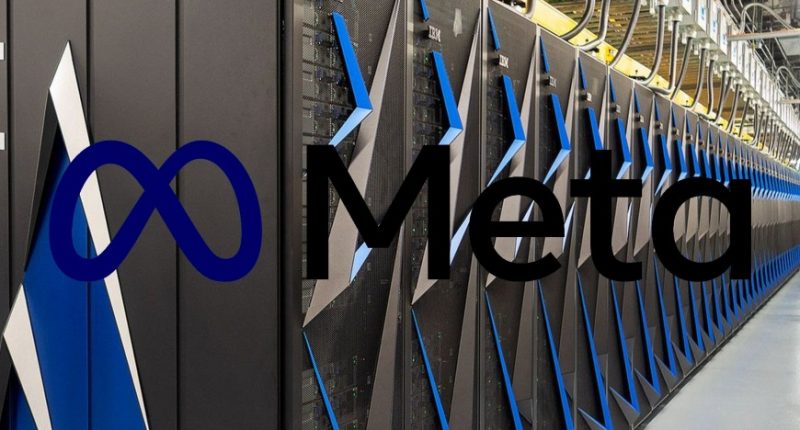AI, despite not becoming the ‘like-human-brain’ sci-fi stuff, has still integrated itself well within our daily tech use, specially in areas such as online shopping, smart homes, cybersecurity, and others. With AI continuing to advance by the day, there rises the need for powerful computers. This seems to be the motto of Facebook parent Meta, which has entered the supercomputer race with its new AI Research SuperCluster (RSC).
According to the company, it is currently one of the fastest AI supercomputers already and once complete, it will leave all others in the dust and become the fastest in the world. It will be completed later this year.
AI has been an area of focus for Meta for quite some time. The company said that since 2013, they have made significant progress in the area. If they are to use AI to its fullest potential, they would need to train increasingly large and complex models, especially for critical use cases like identifying harmful content. This idea sparked the birth of the RSC, which will be the culmination of two years of work. At present, it is providing up to 20 times improved performance on its standard machine vision research tasks.
Currently, at phase one, the RSC consists of 760 Nvidia GGX A100 systems containing 6,080 connected GPUs (which is a type of processor that is useful for solving machine learning problems and is more powerful than the V100 Meta used in its previous system). According to the company, the storage tier of the RSC’s storage tier contains 175 petabytes of Pure Storage FlashArray, 46 petabytes of cache storage in Penguin Computing Altus systems, and 10 petabytes of Pure Storage FlashBlade.
All of this does sound impressive, but the final product is slated to be an extraordinary one. Once it is complete, it will contain 16,000 GPUs to increase AI training performance by more than 2.5 times. The InfiniBand fabric will also expand to support 16,000 ports in a two-layer topology with no oversubscription. The storage system will have a target delivery bandwidth of 16 TB/s and exabyte-scale capacity to meet increased demand.
This begs the question, what will the RSC be used for once it is complete? One use is the metaverse, which has been a hot topic for quite some time. The role of the RSC in the metaverse is to “more quickly train models that use multimodal signals to determine whether an action, sound, or image is harmful or benign. This research will not only help keep people safe on our services today but also in the future, as we build for the metaverse.”
It will also be used to help the AI researchers of Meta build new and better AI models, work across multiple languages, analyze text, images, and video together, develop new AR tools, and even help build entirely new AI systems that can help large groups collaborate on some research project (or even play games).
The Tech Portal is published by Blue Box Media Private Limited. Our investors have no influence over our reporting. Read our full Ownership and Funding Disclosure →






